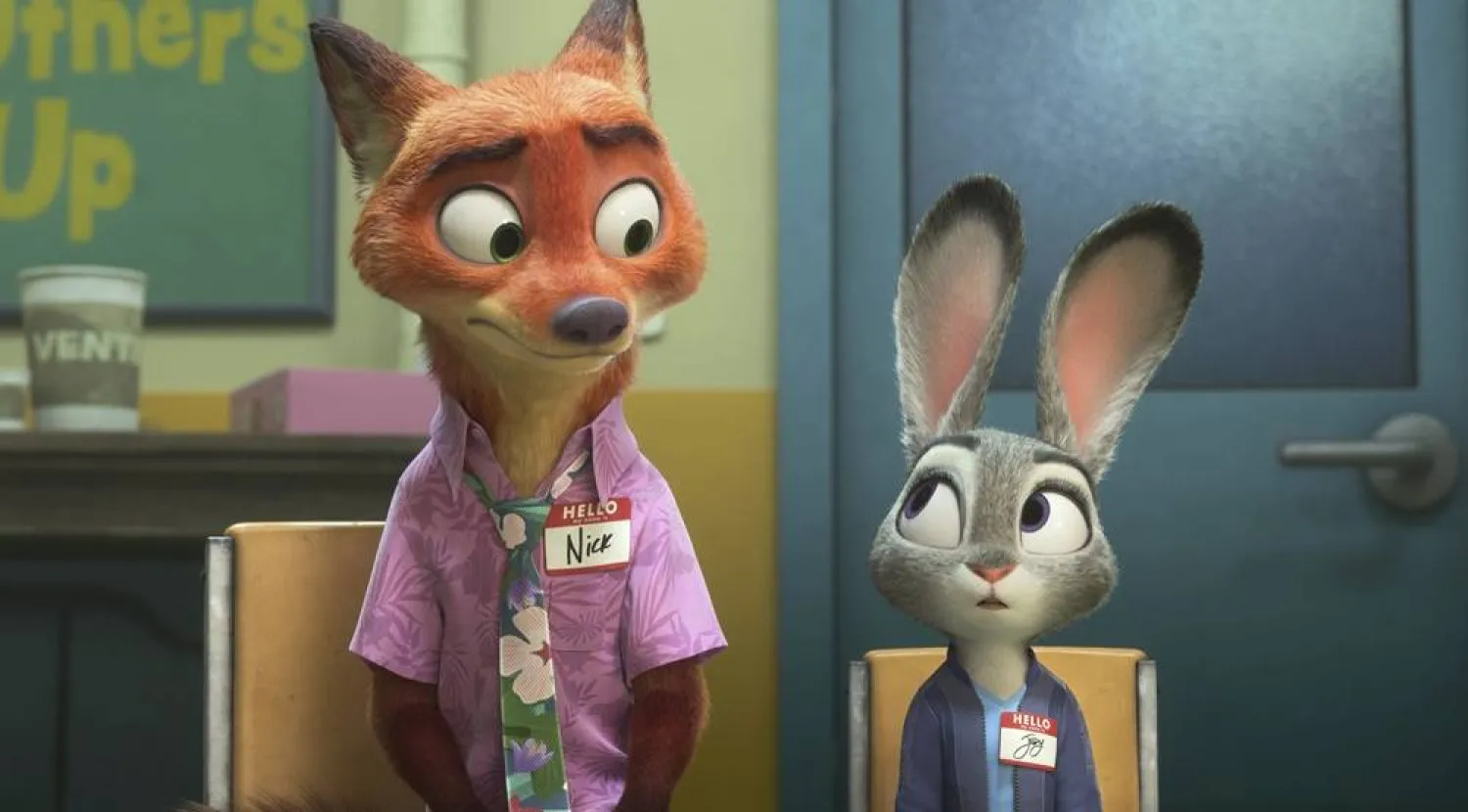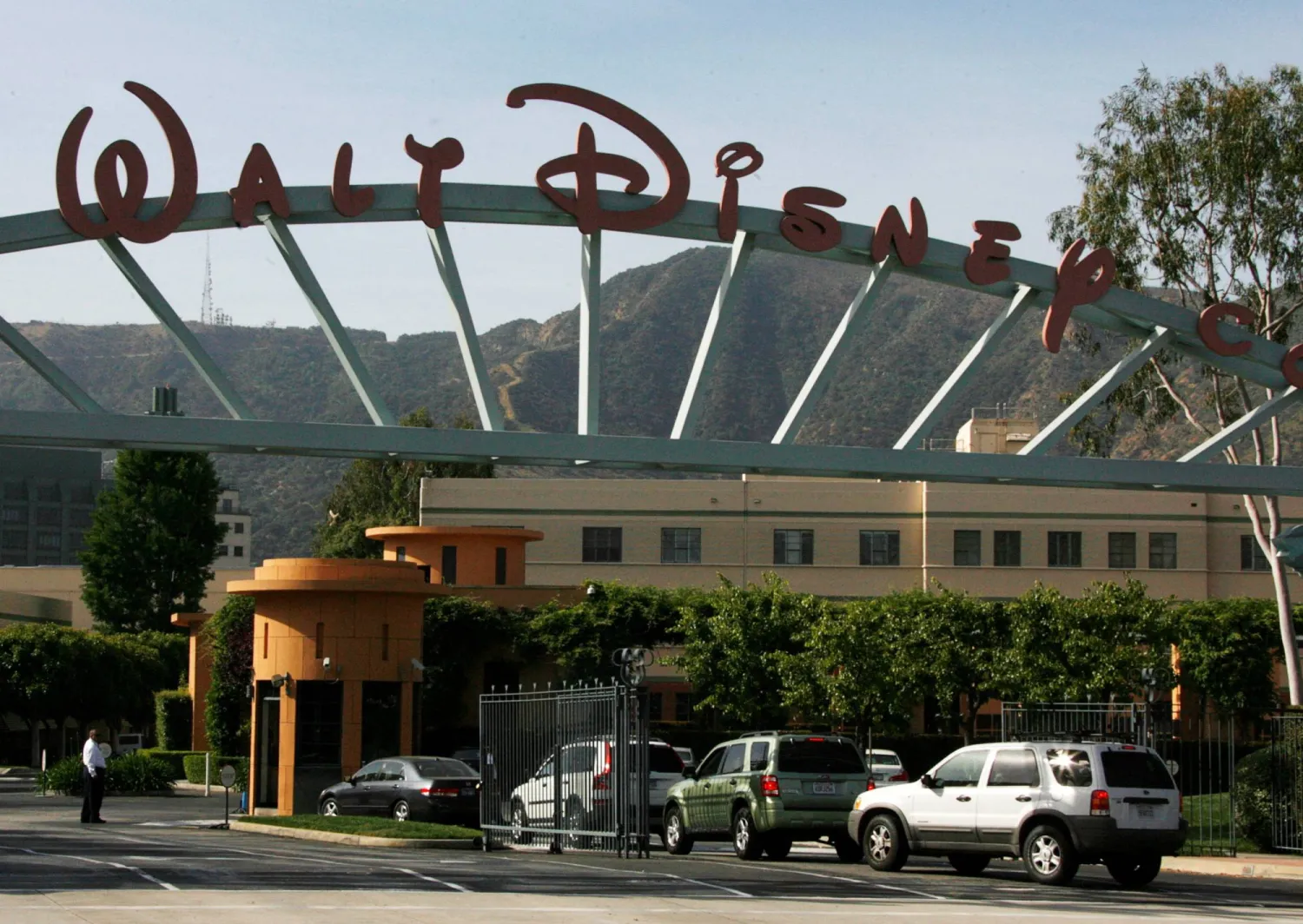It wasn't easy for director Francis Lawrence to transform "Hunger Games" franchise villain Coriolanus Snow into a compelling protagonist for a prequel film taking place 64 years before the hit films starring Jennifer Lawrence.
"We had to figure out a way to get an audience emotionally invested in him, to be behind him, to be rooting for him, to empathize with him," Lawrence told Reuters.
"The Hunger Games: The Ballad of Songbirds & Snakes" arrives in theaters on Nov. 17 and delves into the origin stories of some characters from the four previous films. In particular, it explores President Snow's journey to overseeing the brutal games in which young people must fight to the death in an arena for an event called "The Hunger Games."
Like the other films, the Lionsgate prequel is based on a novel by Suzanne Collins, released in 2020.
"Once we felt like we had the audience behind him, we still had to seed in layers of his ambition and layers of his greed and layers of the darkness and layers of his sort of hunger for power so that when he does turn, it feels honest, it feels truthful and believable," Lawrence added.
The older version of Snow from the original films was portrayed by Canadian actor Donald Sutherland and the younger version in the prequel is played by English actor Tom Blyth.
The cast also includes noteworthy actors Viola Davis as Dr. Volumnia, Hunter Schafer as Tigris Snow and Peter Dinklage as Casca Highbottom.
Snow will do anything to succeed, including agreeing to mentor one of the contestants in The Hunger Games, songstress Lucy Gray Baird, played by Rachel Zegler.
What starts as coaching Baird in hopes of bolstering his academic achievements transforms into a sequence of events that take Snow down a menacing path of betrayal.









